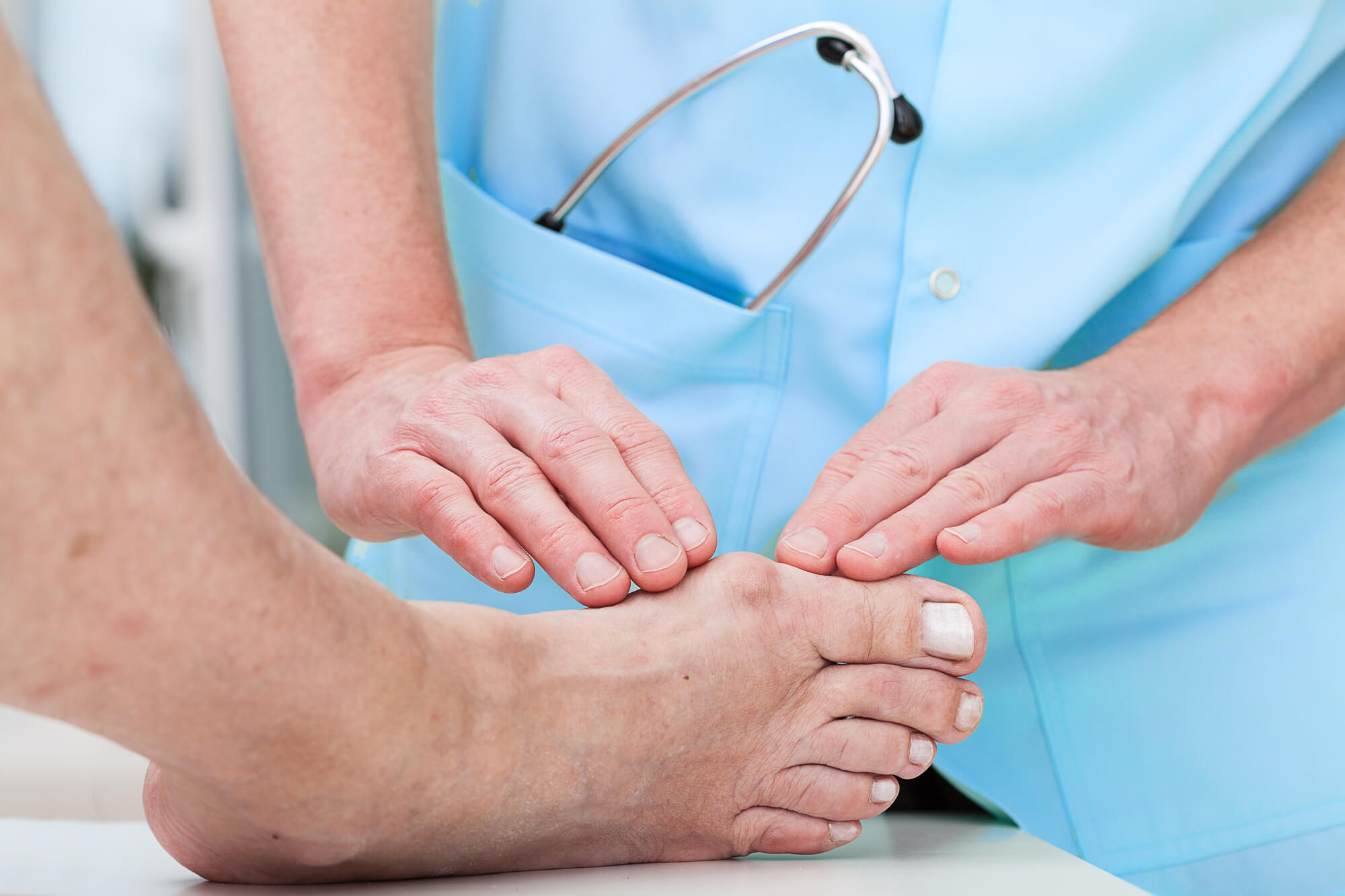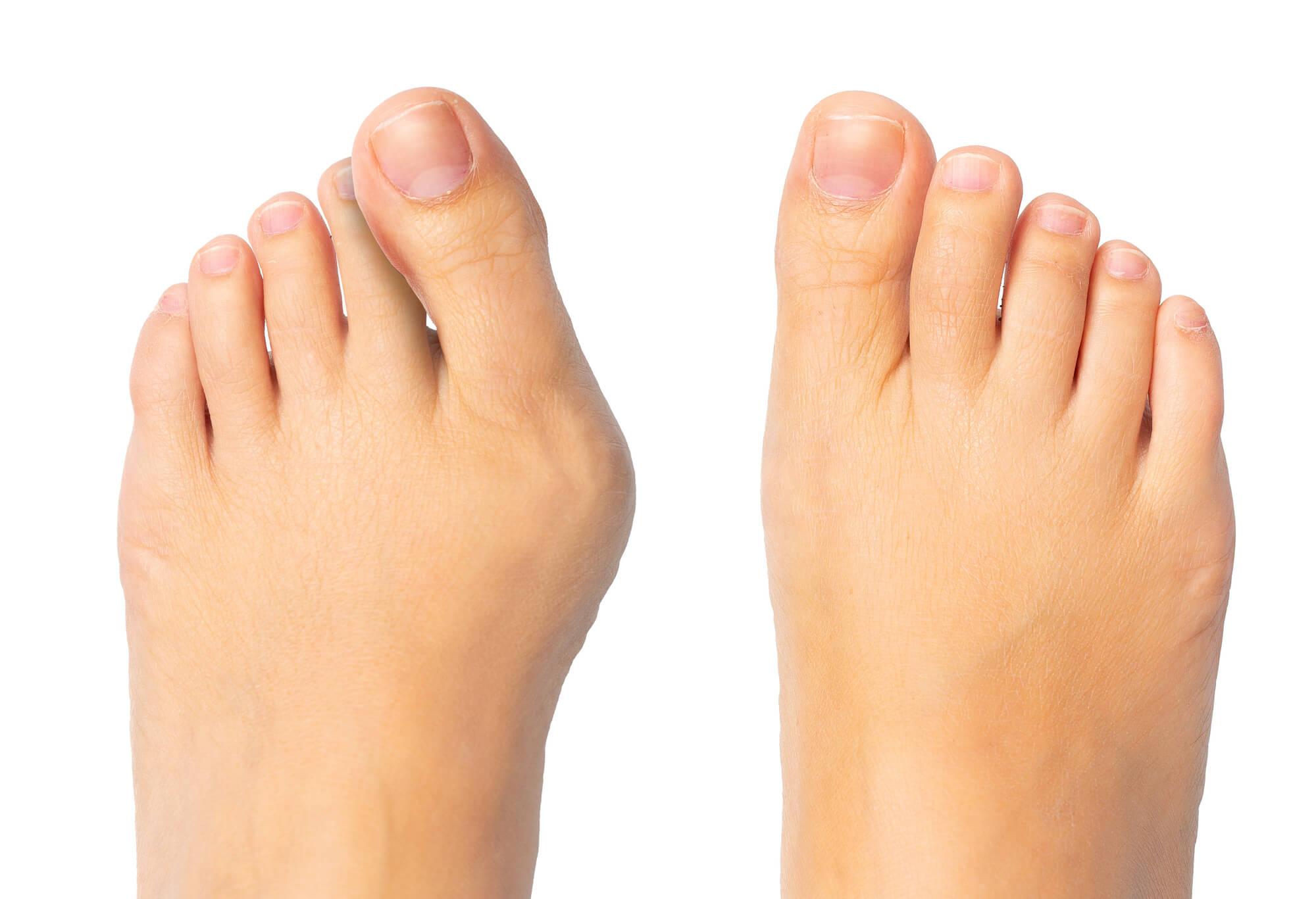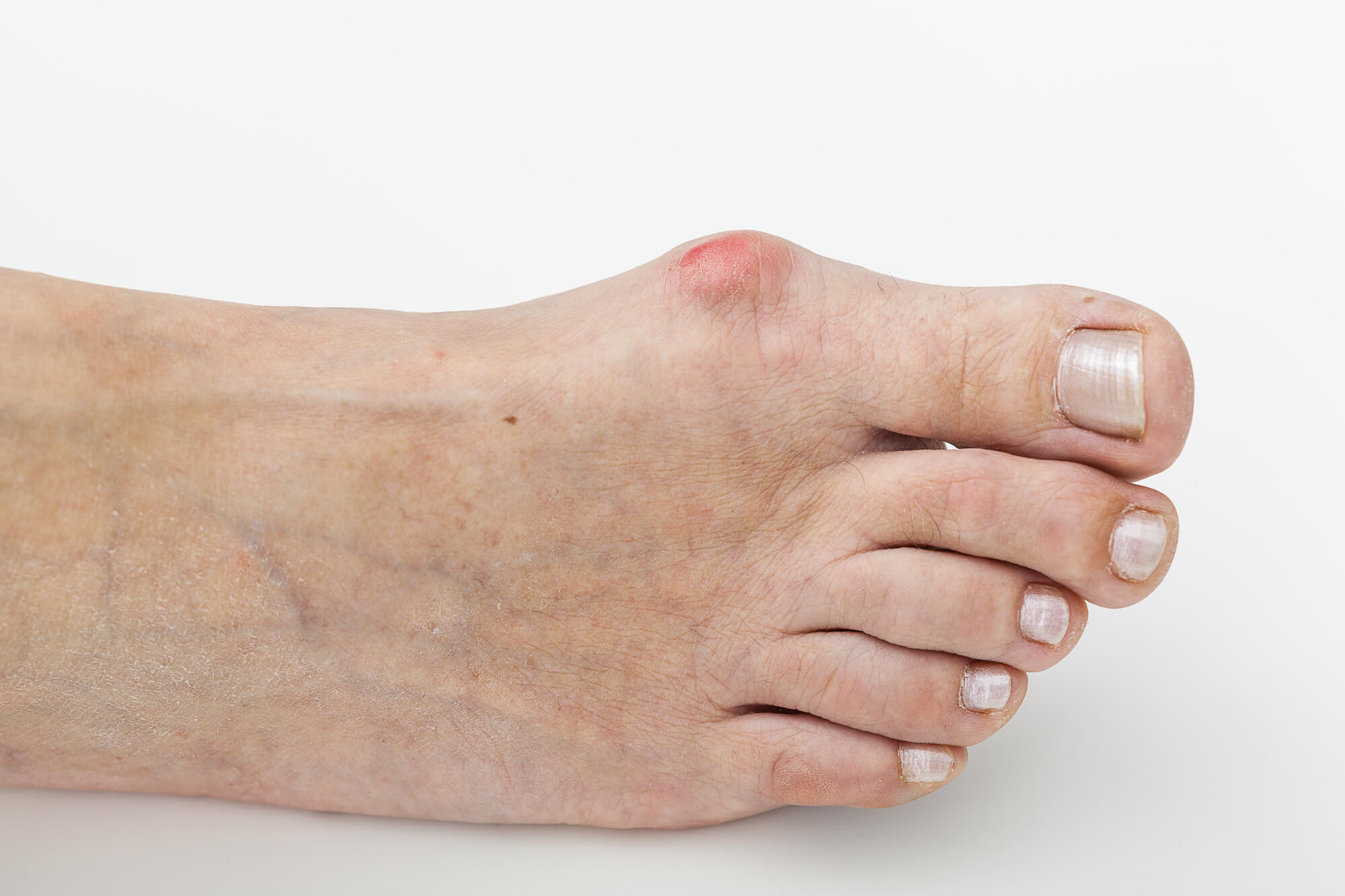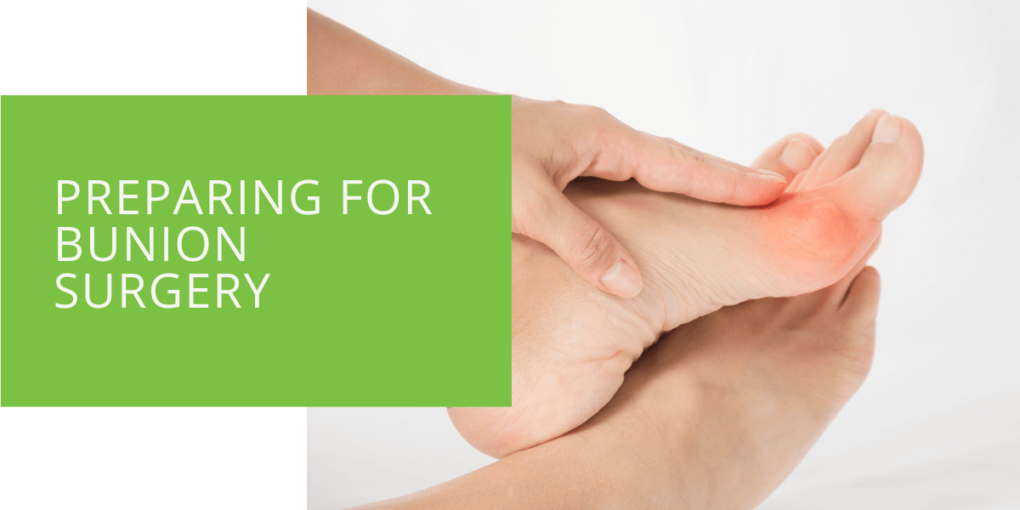Preparing for Bunion Surgery: What You Need to Know
If you have a bunion, you know how painful and uncomfortable it can be. Bunions occur when the joint at the base of the big toe becomes misaligned, leading to a bony bump on the side of the foot. If your bunion is causing severe pain or difficulty walking, bunion surgery may be necessary. This article will discuss preparing for bunion surgery, including pre-surgery preparation, the day of surgery, and post-surgery recovery.
Types of Bunion Surgery
There are several types of bunion surgery, and the specific procedure recommended will depend on the severity of the bunion and the patient's overall health. Some of the most common types of bunion surgery include:
- Osteotomy: This procedure involves cutting the bone in the toe joint and realigning it to correct the deformity.
- Arthrodesis: In this procedure, the toe joint is fused to prevent movement and correct the bunion.
- Resection arthroplasty: This procedure involves removing the damaged portion of the toe joint and realigning the bones.

Pre-Surgery Preparation
Before bunion surgery, there are several things that patients can do to prepare for the procedure and ensure a successful outcome. Here are some of the steps patients can take:
- Evaluate your overall health and medical history: Your podiatrist will likely review your medical history and ask about any chronic health conditions or medications that may impact the surgery. They may also recommend additional tests or imaging to evaluate the bunion and surrounding tissues.
- Prepare for anesthesia: Depending on the type of surgery, you may receive local, regional, or general anesthesia. Your podiatrist will provide instructions on how to prepare for the specific type of anesthesia you will receive.
- Stop certain medications: You may need to stop taking certain medications that can interfere with the surgery, such as blood thinners, anti-inflammatory medications, or supplements like vitamin E.
- Prepare your home for recovery: You may need to purchase crutches, a knee scooter, or other mobility aids, as well as pillows to elevate your foot during recovery. You may also need to arrange for someone to help you with daily activities for the first few days after surgery.

What to Expect on the Day of Surgery
On the day of surgery, you will check in at the hospital or surgery center. Your podiatrist and anesthesia team will meet with you to review the procedure and answer any questions you may have. Here are some of the things you can expect on the day of surgery:
- Administration of anesthesia: You will receive the specific type of anesthesia recommended by your podiatrist, and you may be given medication to help you relax.
- Details of the surgical procedure: Your podiatrist will perform the bunion surgery recommended for your condition. The procedure may take anywhere from 30 minutes to a few hours, depending on the severity of the bunion and the type of surgery.
- Length of surgery and recovery time: Most bunion surgeries are performed on an outpatient basis, meaning you can go home the same day. However, you will need to keep your foot elevated and avoid putting weight on it for several days to several weeks, depending on the specific procedure and your individual recovery time.
Post-Surgery Recovery
Recovery from bunion surgery can take several weeks to several months, and it is essential to follow your podiatrist's post-operative instructions carefully to ensure a successful outcome. Here are some of the things you can expect during post-surgery recovery:
- Elevate your foot: To reduce swelling and promote healing, you will need to keep your foot elevated for several days after surgery. This can be done by propping your foot up on pillows or by using a special foam wedge designed for post-surgical recovery.
- Use crutches or a knee scooter: You may need to use crutches or a knee scooter to keep weight off your foot for the first few days after surgery. Your podiatrist will provide instructions on how to use these mobility aids properly.
- Pain management and wound care: Your podiatrist may prescribe pain medication or recommend over-the-counter pain relievers to help manage post-operative discomfort. You will also need to keep the surgical area clean and dry and change your bandages regularly.
- Physical therapy and rehabilitation exercises: As your foot begins to heal, your podiatrist may recommend physical therapy or rehabilitation exercises to help improve range of motion and strength in the foot and ankle. It is essential to follow these recommendations carefully to ensure a full recovery.
- Follow-up appointments with the podiatrist: Your podiatrist will schedule follow-up appointments to monitor your recovery and ensure that the surgical area is healing properly. Be sure to attend all of these appointments and communicate any concerns or issues to your podiatrist promptly.

Possible Complications and Risks
As with any surgery, there are risks and potential complications associated with bunion surgery. Some of the most common risks include infection, nerve damage, or failure to correct the bunion fully. Your podiatrist will discuss these risks with you before the surgery and provide instructions on how to monitor for signs of complications or concerns after surgery.
Conclusion
Bunion surgery can be an effective way to relieve pain and improve foot function in patients with severe bunions. By preparing for surgery thoroughly and following your podiatrist's post-operative instructions carefully, you can ensure a successful outcome and a full recovery. If you are considering bunion surgery, contact a podiatrist to discuss the best options for your individual needs and condition.

